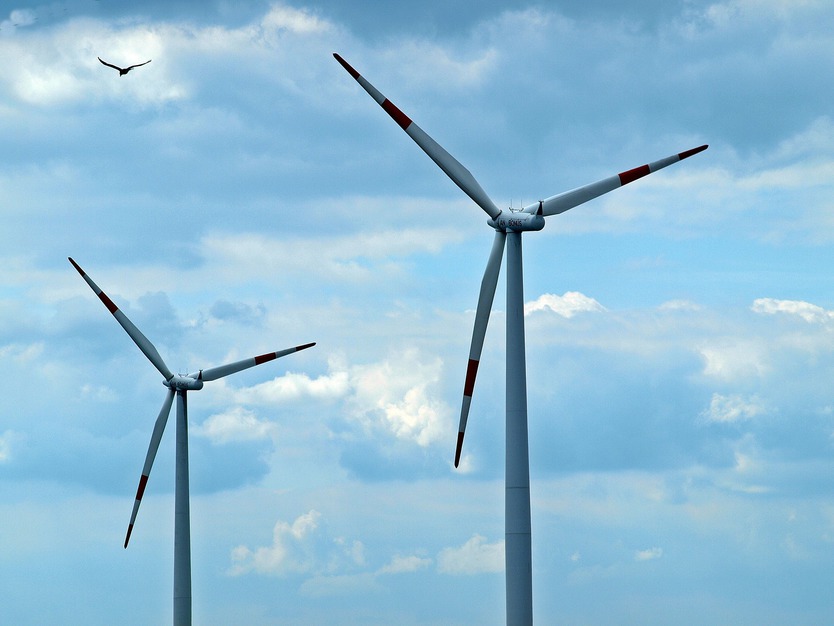
A pilot Power-to-gas project at Nordhackstedt brings wind farms together with local biogas plants.
© Pixabay
Operators of German wind and solar plants are facing economic uncertainty. For the last 20 years, growth has been supported by the guaranteed electricity feed-in tariff financed through the Renewable Energy Sources Act (EEG). This subsidy is now coming to an end and many operators will need to find other ways of bridging the gap.
Sector coupling is seen as one of the solutions – especially for covering the time lag between renewable electricity generation and demand. Researchers from the Brandenburg University of Technology (BTU) and the Flensburg University of Applied Sciences have now completed a pilot Power-to-gas project at Nordhackstedt, in the northern state Schleswig-Holstein. It could serve as a model for other wind plants.
The working concept brought a small wind farm together with a local biogas plant. Two wind turbines owned by operators Bernd and Dirk Nissen fed surplus electricity into an electrolyser installed on site for splitting water into oxygen and hydrogen (H2). The H2 gas was then mixed with raw biogas (supplied by agricultural company Nissen Biogas GmbH) in a biological methanation process where it reacted with CO2 to form methane (CH4), a natural gas equivalent.
The key innovation here is the custom-made trickle bed reactor (supplied by Dresden-based Gicon GmbH) which relies on bio-power: microorganisms (archaea) that produce methane under anaerobic conditions. The bio-reaction also releases heat that keeps the fermenter warm.
Using this method, the researchers were able to achieve a stable methane formation rate of 7 Nm³ CH4 per m³ reaction volume a day, with a high concentration of pure methane (95 percent). Critically, the project demonstrated that biological methanation is far more cost-effective than catalytic methanation, and it enabled the plant to remain profitable.
WeMetBio was funded by the German Federal Ministry of Food and Agriculture (BMEL).


